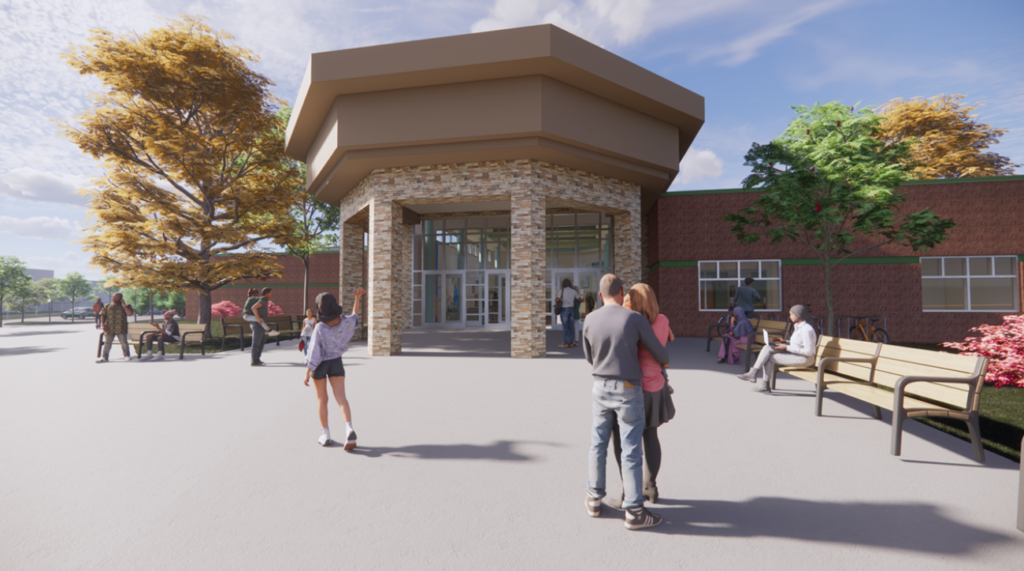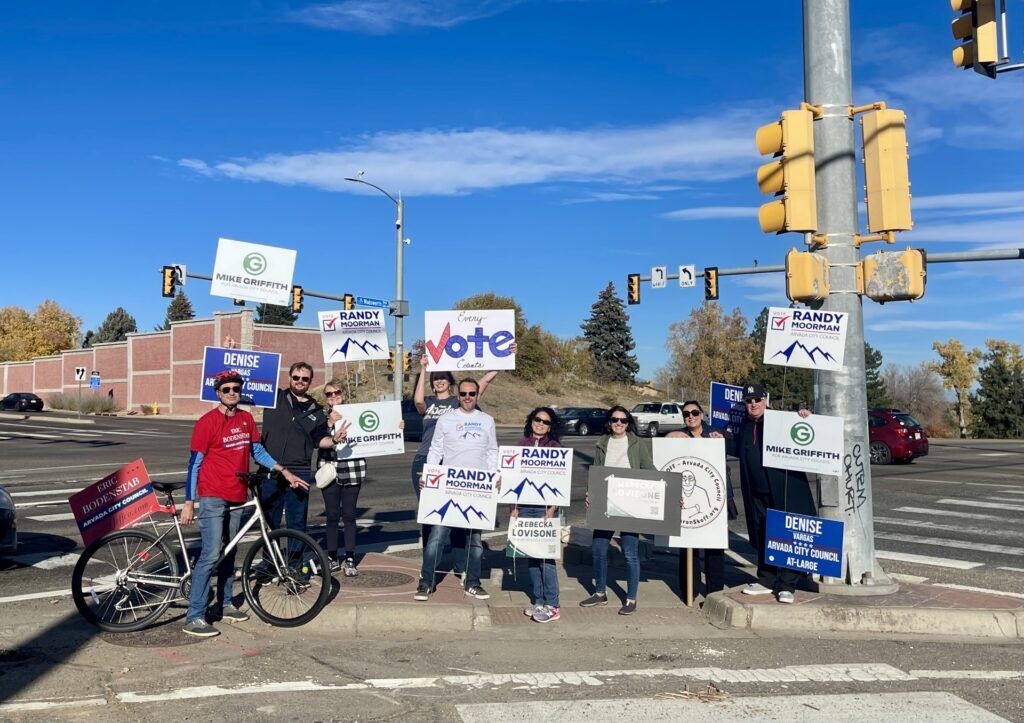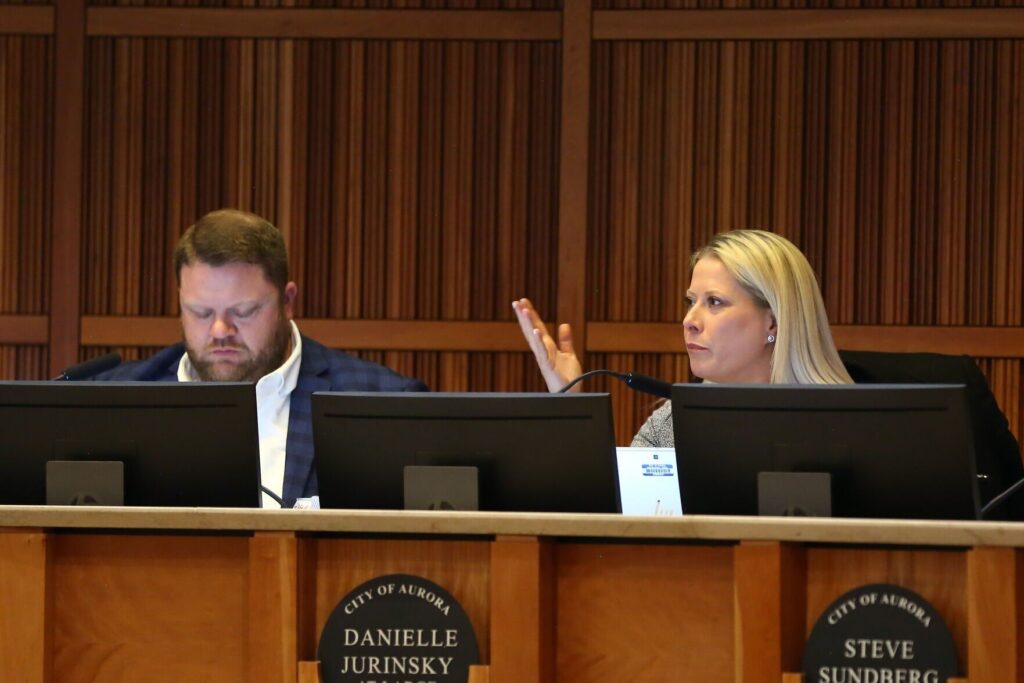Regulators give ‘affected party’ status to group opposed to oil drilling proposal near Aurora Reservoir

sasacvetkovic33/iStock.com
Save the Aurora Reservoir (STAR), a nonprofit created to oppose oil and gas operations from company Civitas in areas near the reservoir, was given “affected party” status at the first of two days of public hearings in front of the state’s Energy and Carbon Management Commission.
After extensive public comment and backlash against the Lowry Ranch Comprehensive Area Plan, STAR applied for status as an “affected party,” which allows them to officially present and provide rebuttal during the hearings on Tuesday and Friday.
At the beginning of Tuesday’s hearing, the four present ECMC commissioners — Brett Ackerman, John Messner, Mike Cross and Chair Jeff Robbins — voted unanimously to grant “affected party” status to nonprofit Save the Aurora Reservoir (STAR), which was formed to oppose the CAP.
The decision came after Civitas attorney Jamie Jost argued that the organization did not meet the distance requirements and several other requirements to be an “affected party.”
The commission then voted not to let Maverick Mineral Partners II, LLC officially present during the hearings.
Maverick, which holds oil and gas leases in parts of Arapahoe County, requested time to present “testimony and evidence related to lack of surface locations outside the Lowry Ranch CAP to develop its leasehold interests, impacts of the Lowry Ranch CAP on its correlative rights, technical feasibility of its proposed relief, and additional matters as necessary,” according to the petition the organization submitted.
Company officials claim that the Lowry Ranch CAP, as designed, would cause mineral acres to be “unnecessarily stranded,” resulting in waste.
Commissioners said those conversations are better suited to come up at future Oil and Gas Development Plans (OGDP) hearings.
Those decisions were followed by several hours of opening statements from both Crestone Resources — a subsidiary of Civitas — and STAR, then a presentation from Crestone.
Their presentation re-established many assurances they’ve given to the concerns that have come to light, including but not limited to: installing sound barriers, adhering to stringent set backs, and limiting emissions.
Commissioners followed the presentation up with a variety of questions for Crestone including what would happen if Crestone found certain protected wildlife species near their well sites during drilling, asking them to clarify their knowledge on seismic activity and breaking down concerns about the nearby U.S. Environmental Protection Agency (EPA) Superfund site.
Crestone representatives said they are working with Colorado Parks and Wildlife on the animal front, have done research on seismic activity and did not have concerns about it and said their wells will be far below the Superfund site.
Talk about the proposed drilling project started two years ago, when oil and gas company Civitas filed the CAP — which includes 32,000 acres of proposed subsurface mineral development. The company proposed eight locations with a total of 166 new wells and 14 existing horizontal wells. The development includes drilling about 7,000 feet under the Aurora Reservoir.
After several revisions sought by ECMC, the state regulatory body determined in February the application was complete.
Area residents have raised concerns about the proposed drilling, citing worries in particular about the wells’ proximity to homes and environmental and health problems.
Government agencies like the EPA have also raised concerns about the wells’ proximity to the Superfund site, where about 138 million gallons of liquid industrial waste was disposed of in unlined pits between 1965 and 1980. But the EPA is not objecting to the proposal, nor is the Colorado Department of Health and Environment.
Civitas has countered that the project offers unequivocal benefits to the surrounding areas and to the county. Company officials also promised to adopt a wide array of precautions, including building wells farther away from homes and adding air monitoring and sound barriers to protect residents and ensure the project does not negatively affect the area.
Civitas added the project would yield an estimated $235 million in tax revenue for Arapahoe County.
Even if the CAP itself is approved by the ECMC, Civitas has to get each proposed well site approved before they are allowed to move forward with them, according to Arapahoe County’s website.
At this point in the process, Civitas has contacted mineral owners with offers to lease minerals and is now seeking approval from the ECMC on the CAP.
The ECMC regulates wells and all downhole and underground aspects of the drilling process, as well as well pads, according to the Arapahoe County website.
Arapahoe County regulates the surface aspects, including well pads and access roads. The county has approval criteria for the well pads, and if applications meet the criteria, the county is required to approve the applications, according to the website.
If the applications are approved by the county, they go to the ECMC in the form of an OGDP, and each one will receive its own public hearing with the opportunity for public comment.
Friday’s hearing will follow a similar schedule, starting at 9 a.m. with closing remarks scheduled for 2:30 p.m. Commissioners could make a decision at that time, or defer it to later.

















